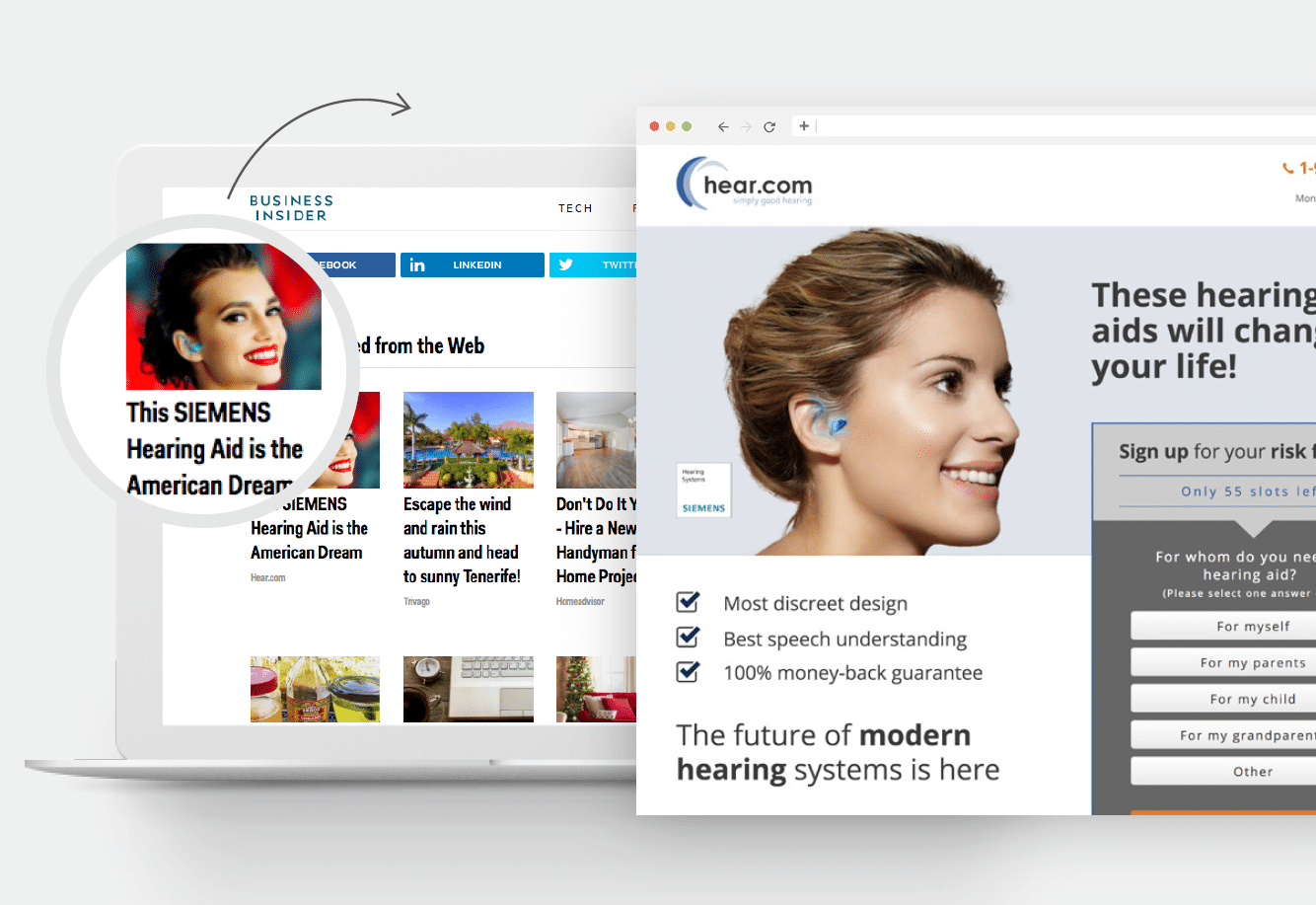“Content recommendation” is a term you hear pretty regularly when discussing online content marketing and promotion. Done right, recommended content can help you increase website traffic, get more leads, and boost sales, all of which are great reasons to integrate them into your promotion strategy.
In this guide, I’ll examine the ins and outs of content recommendations, including methods for recommendation placements, why content recommendation is a valuable tactic, and content recommendation platforms. We’ll also share examples of content recommendations so you can see how they can help grow your website or business.
What is Content Recommendation?
At its simplest, content recommendation is a system for suggesting content to visitors who view your engaging website based on what they are already interested in. It’s kind of like Netflix, but for web content. It is a form of native advertising in that content recommendations integrate seamlessly with a site’s other content.
You’ll often see content recommendations in the form of a related content widget (with the title “recommended content” or “you might also like”) urging visitors to look at more content from your site or other sites with similar content. Here’s an example from The Weather Channel.

However, as you’ll see, that’s not the only purpose of content-based recommendations.
Content recommendation works in a variety of ways via website plugins and software platforms. Some content-based recommendation tools use keywords and tags to make their suggestions, while others pay attention to how people are engaging with the content they’re looking at now, and use that as a guide for recommendations. You can also have hybrid recommendation tools that use both of those approaches.
An example of content recommendations in action is Europa Press, which saw clickthrough rate increase 46% and revenue increase 78% by using content recommendation widgets.
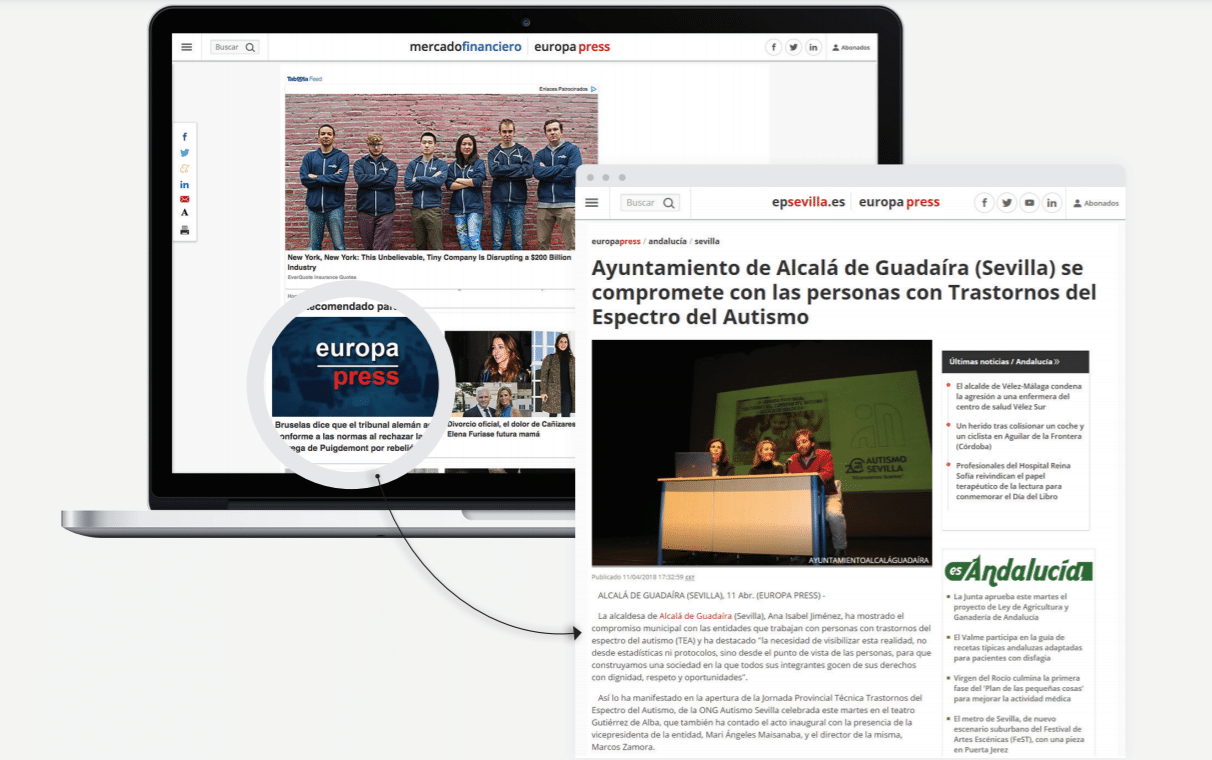
On vs Off-Page Recommendations
There are two main types of content recommendations: on-page and off-page. On-page recommendations draw visitors deeper into your site by recommending more of your own content for them to check out.
On-page content-based recommendations help decrease your website bounce rate and increase the time people spend on your page and website. In turn, that boosts engagement with your content and can result in more social shares, creating even more awareness of your brand and content.
If you publish a lot of valuable content, then it’s worth exploring on-page content recommendations to make sure more people see more of that content. For example, Newshub increased revenue by 168% and got 14 million pageviews for video recommendations by using Taboola’s content recommendation platform.

On the other hand, if your site is brand new and you don’t have a lot of content yet, you may not get the full benefit of on-page content recommendation.
Off-page recommendations take your visitors to other people’s websites by recommending related external content that they will find interesting. This type of content-based recommendation is useful for websites relying on referral or affiliate income, which can boost your income over time. It’s also useful for sites that are part of a larger publishing network, as you can use recommendations to drive traffic to other sites in the group.
When using off-page recommendations, it’s important to ensure that the content you’re recommending is high quality. If it isn’t, that can hurt your visitors’ perception of your brand. And it’s essential to avoid driving traffic to competitors’ sites, so you don’t lose customers. However, it’s simple to take care of that when setting the rules for content recommendations.
Here’s an example of off-page recommendations in action. SocioPal used off-page recommendations to drive traffic to its app download page, increasing downloads by 30%.
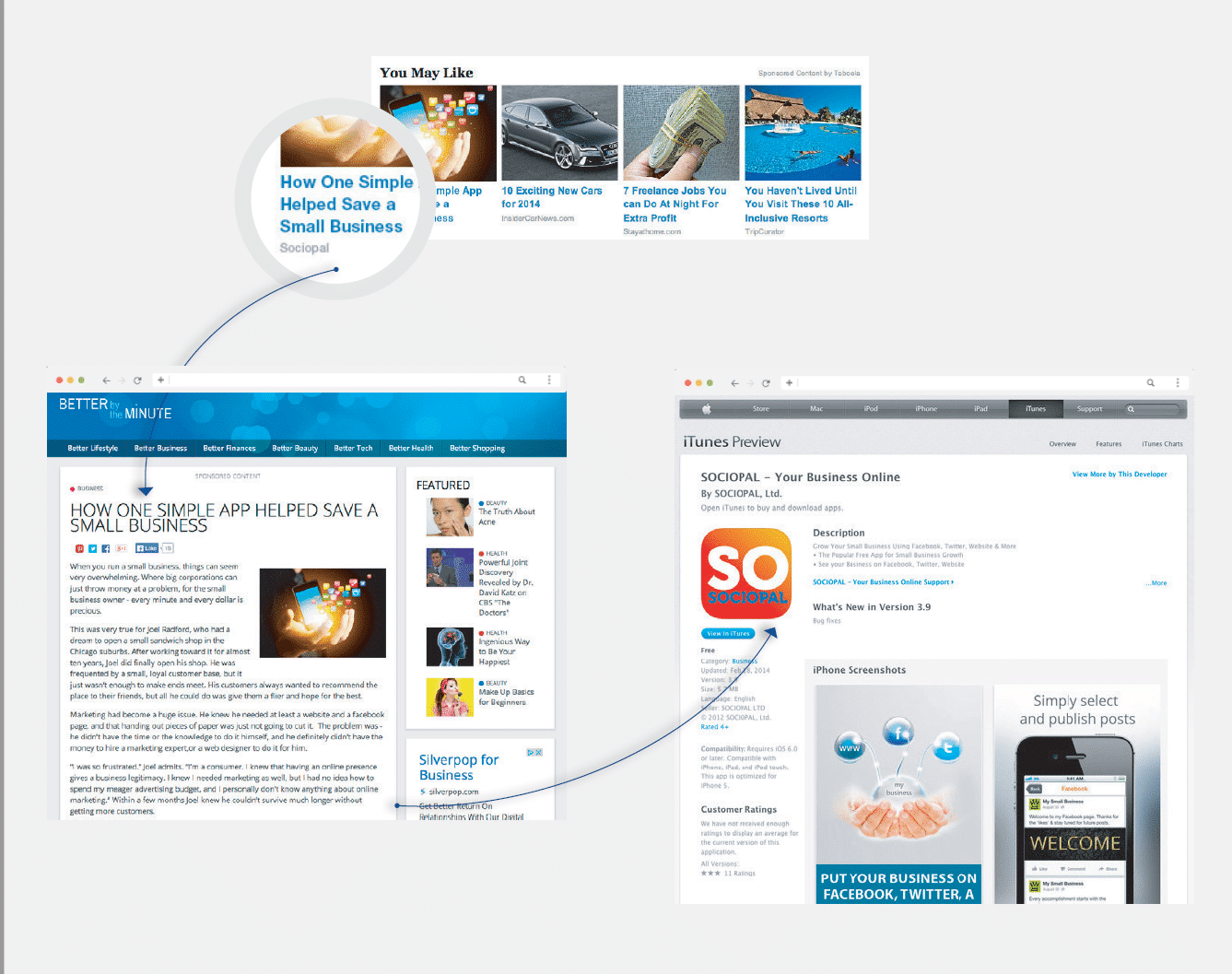
Hear.com had a tenfold increase in traffic to its site after inserting content recommendation placements on other sites.
Recommendation Placement
A crucial factor in achieving your goals for content recommendation is recommendation placement: where you actually put your recommendations so that your visitors will see and act on them.
One common location for article or video recommendations is at the end of a piece of content, so visitors have somewhere to go next when they’ve finished reading a blog post or article. For example, Blinkist‘s placements gained the company more than 60,000 signups in six months.
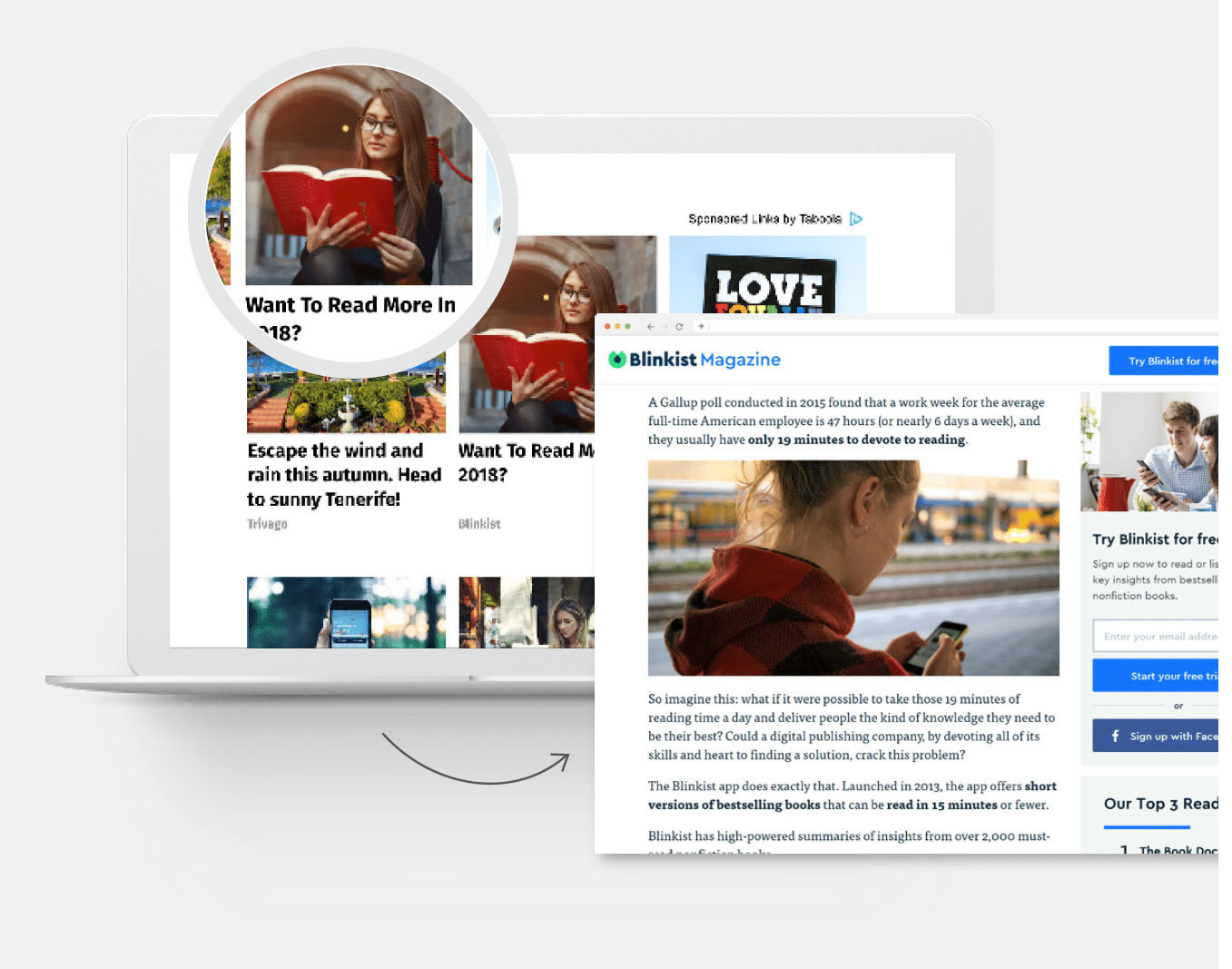
And Placetel used branded video at the end of a page to increase brand awareness The campaign got 80 million impressions and drove a 750% increase in native signups.
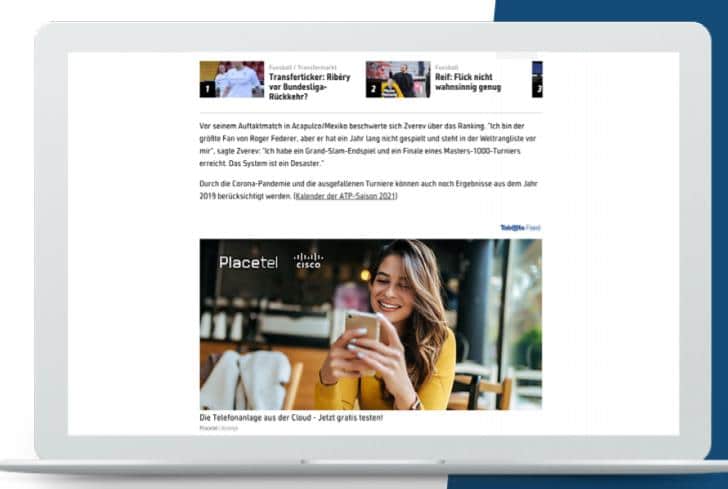
Your placements can also mimic the look of a social media site. Ynet implemented Taboola Feed and recorded an increase in CTR across all its sites.
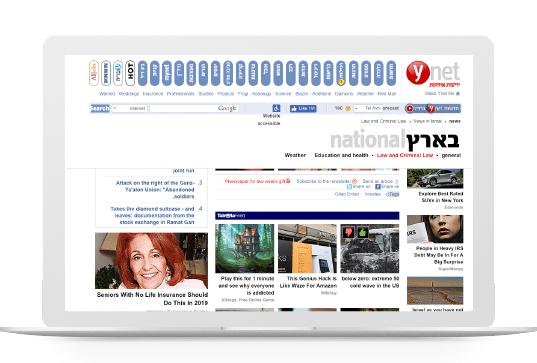
Placing recommendations under content isn’t the only option. You can also make content recommendations via on-site widgets that slide into place when people are near the end of the page or have been on the page for a few seconds. And you can also showcase content recommendations via popups. The secret to these last two placements is timing, as you don’t want to annoy visitors by interrupting their current reading experience.
Why is Content Recommendation Important?
Content recommendation is important because it provides an easy way to personalize your visitors’ experience, so they see the content that’s most relevant to them at any time. This, in turn, helps to improve brand awareness, time on your site, and boost user engagement.
Content recommendation works well for both advertisers and publishers. Publishers can acquire new readers and subscribers, and understand which content is most popular. Advertisers can use content recommendations to put their sponsored content on high-quality sites, without worrying about being blocked by ad blockers.
What is a Content Recommendation Platform?
A content recommendation platform, also known as a content discovery platform, is the software that makes content recommendations work. It uses algorithms to automatically identify and recommend relevant content to website visitors based on preset criteria. For example, you can choose to recommend content on a particular topic to visitors to a certain page.
One example of a content recommendation platform is Taboola. Taboola’s content discovery functionality enables marketers and publishers to reach new audiences, generate leads, increase brand awareness and boost engagement with high-quality placements and finely targeted recommendations.
For example, Newshub used Taboola Feed to drive traffic to sponsored articles written for clients, and achieved a 168% revenue boost.

EuroNews doubled revenue in a week, and saw a 60% increase in organic CTR, by using Taboola Feed and Taboola Newsroom to increase engagement.

Travel site Traicey used Taboola Feed to drive a 200% increase in revenue. Organic CTR also rose by 150%.
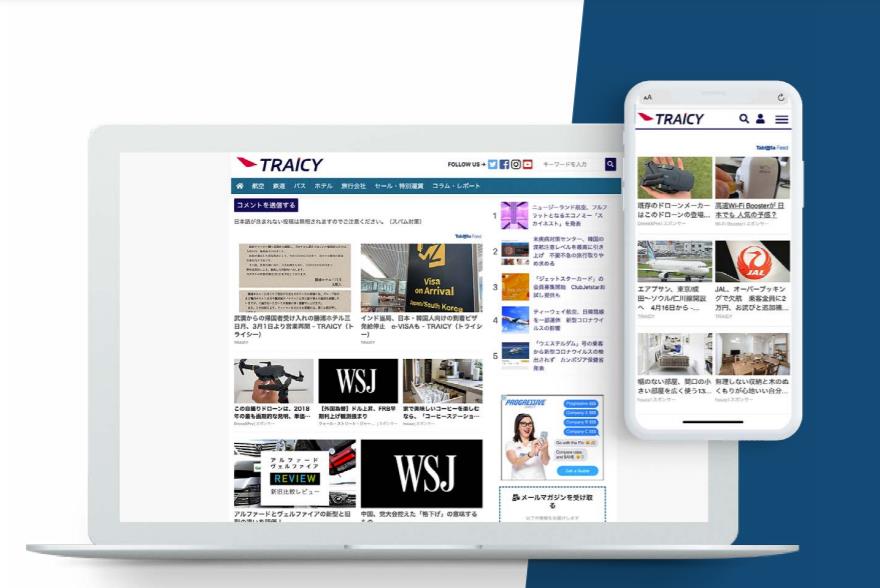
Final Thoughts
As you’ve seen, content recommendations have the potential to increase reader and visitor engagement, resulting in greater brand awareness, as well as more leads and sales. Now that you understand more about how content based recommendations work and how they can help your brand, get in touch with Taboola to learn more.
